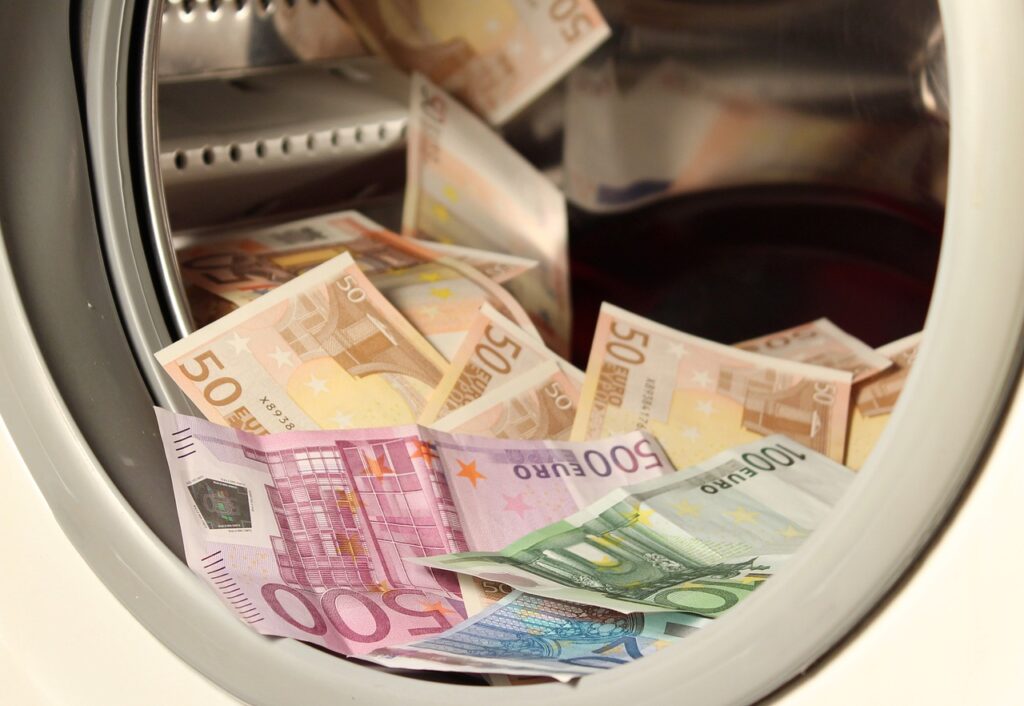It is said that the term “Money Laundering” has its origin in the practice of mafia groups in the 1920s in America of using laundromats as facades for criminal appearances. The mob acquired these launderettes so that they would have a means of giving a legitimate appearance of assets derived from criminal activities, declaring the proceeds of their crimes to be profits generated through the legal activity of their launderettes. By “recycling” or “laundering” the dirty money, the illegally-gained proceeds appear legal, which typically follows the three stages of placement, layering and integration:
- During the first stage of placement, proceeds of crime are introduced into the financial system. Placement often occurs by breaking up large amounts of cash into smaller sums that are then deposited into various accounts at financial institutions or used to purchase a series of monetary instruments like travellers’ cheques, money orders, etc.
- In the second stage of layering, money is moved through a web of transactions to disguise it from its source and ownership. Money may be channeled through the purchase and sale of investment instruments, or wired through a series of accounts at various banks across the globe.
- During the third stage of integration, the money is then reintroduced into the economy as apparently legitimate funds and may be used, for example, to purchase real estate or luxury assets or to invest in business ventures.
